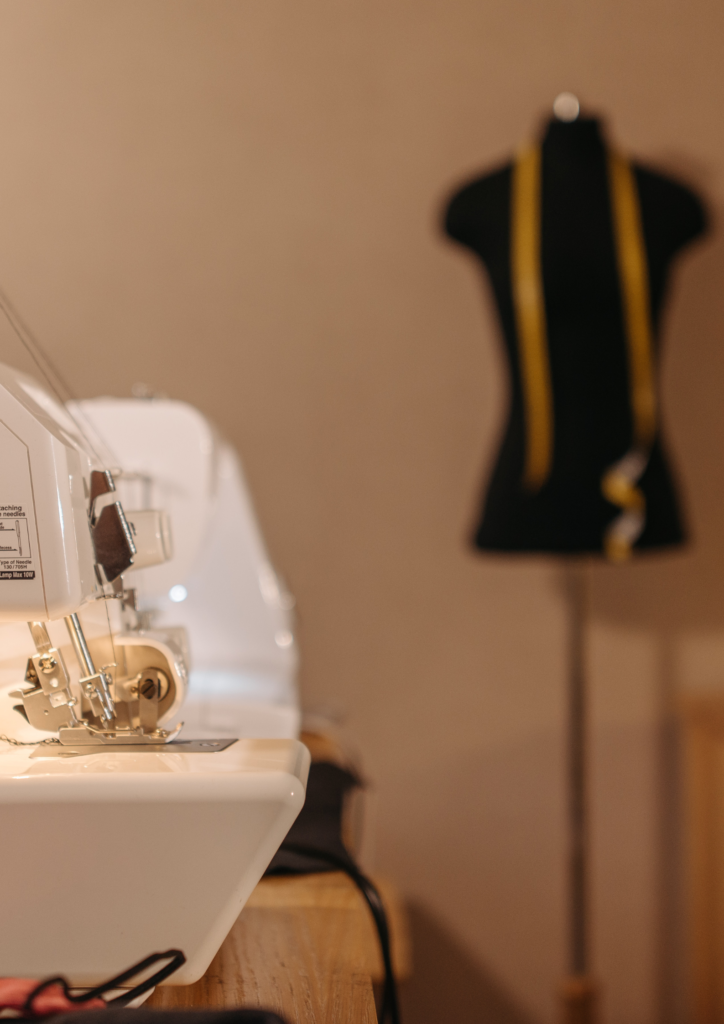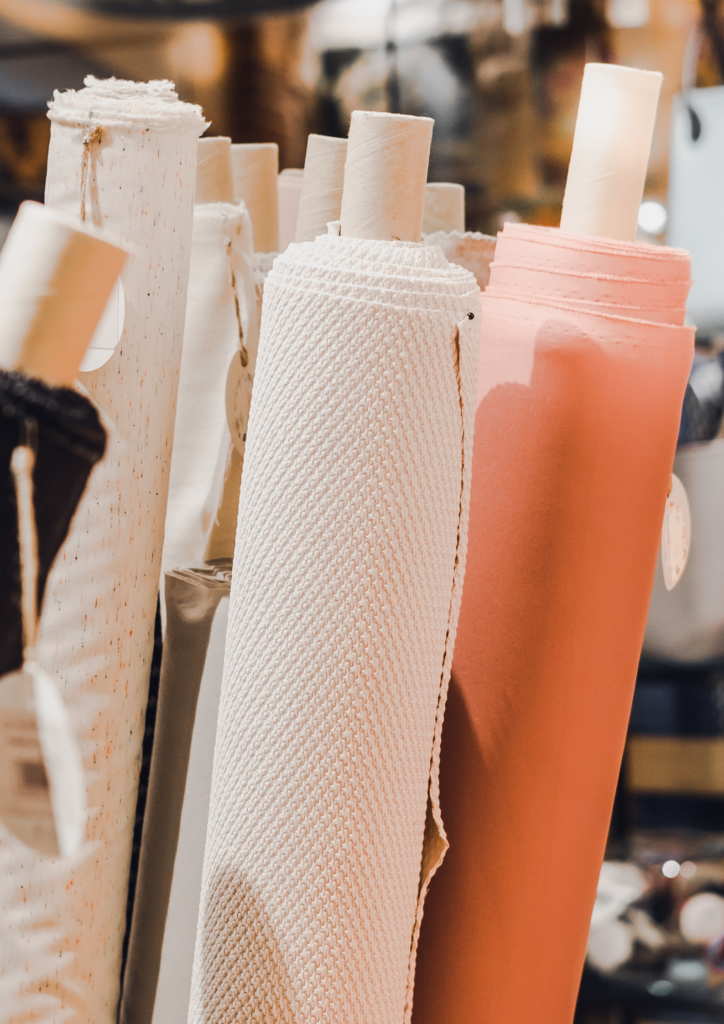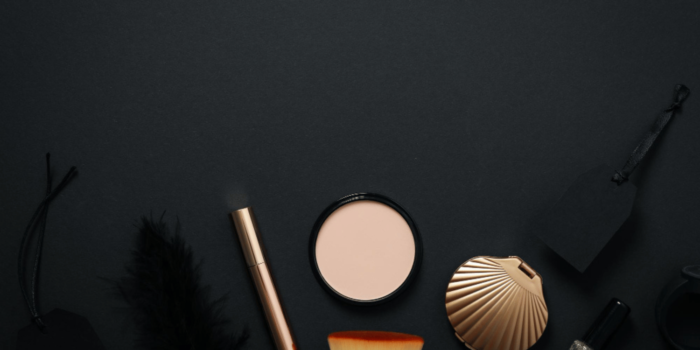Quick links to the information:
Introduction & Case description
Is Now the Right Time to Launch a Sustainable D2C Men’s Fashion Brand?
For businesses exploring new market segments or launching innovative products, a feasibility study serves as a strategic tool for validating the alignment between organizational goals and market realities. In a very competitive and fast moving sector like fashion, where consumer preferences and trends are constantly shifting, this level of insight is crucial for ensuring that investments are targeted effectively. By evaluating factors such as market sizing, customer acquisition strategies, and competitive positioning, companies can develop a clear roadmap that minimizes uncertainty and positions them for scalable, sustainable growth in the long term.
Our client, an investor group focused on high-growth opportunities, engaged us to conduct a feasibility study on launching a sustainable D2C men’s premium fashion brand. The client’s objective was to assess the market’s readiness for such a brand, evaluate operational feasibility, and determine the financial viability of the venture. To inform this decision, we conducted a comprehensive analysis encompassing market sizing, value chain assessment, business model exploration, and financial modeling, providing the client with actionable insights to guide their strategy.
Our SOlution
360 Degree Feasibility Study
Our research approach combined both primary and secondary methodologies to gather a comprehensive understanding of the market landscape. Through in-depth interviews with key vendors across the value chain, we gained insights into critical factors such as pricing, shipping logistics, production timelines, contract structures, and certification requirements.
Pricing & Financial Viability
We developed a pricing strategy based on customer willingness to pay, competitive benchmarks, and cost-per-unit analysis. Our financial model projected break-even points and profitability over three years, ensuring the brand’s financial sustainability.
Competitive Analysis & Case Study Development
As part of our comprehensive market assessment, we conducted a detailed competitive analysis to map the existing landscape of sustainable fashion brands in India. This included evaluating market leaders, their product offerings, pricing strategies, and customer engagement tactics. We also examined their supply chain models and sustainability credentials to identify gaps and opportunities for differentiation. To
Sourcing Strategy & Operational Optimization
We identified reliable, cost-effective sources for fabrics, accessories, and stitching services, with recommendations based on certifications and quality standards. We also proposed an optimized business model that aligns with the client’s goals and market conditions.
This feasibility study provided the client with a strategic, data-driven foundation for launching a sustainable D2C men’s fashion brand, offering clear insights into market opportunities, pricing, sourcing, and brand positioning.


The results
Why the Client Decided to Wait?
Based on our financial feasibility analysis, the client decided that launching the brand immediately might not be the best move. Several factors influenced this decision:
Smaller Market Size
While the sustainable fashion market is growing, it still represents a smaller portion of the overall premium men’s fashion market. The client realized that targeting a broader, more established market might yield better returns in the medium term, especially as sustainability trends continue to evolve.High Initial Investment
Given the premium nature of the brand and the high production costs associated with sustainable materials, the client would need significant upfront investment to cover product development, marketing, and distribution costs. The expected return on investment (ROI) in the short term did not align with the client’s risk appetite, especially considering the market’s current size.Longer Customer Education Curve
Establishing a premium sustainable brand requires educating the target audience about the value of sustainable fashion, which can take time and resources. The client wanted to wait for the broader market to mature, as consumer awareness around sustainability is expected to increase over the next few years, making it easier to capture a larger customer base.More Favorable Market Conditions in the Future
The client decided that waiting a few more years would allow the market for sustainable fashion to grow, customer willingness to pay a premium for sustainable goods to increase, and the brand’s cost structure to become more efficient as economies of scale kick in.
In conclusion, while the business model and brand concept were compelling, the market conditions and financial feasibility analysis indicated that launching the brand now would be challenging. By waiting a few years, the client could take advantage of a more favorable market environment, lower costs, and stronger consumer demand, positioning the brand for long-term success.





 Market Research
Market Research Consumer Research
Consumer Research Industry Research
Industry Research Market Entry Strategy
Market Entry Strategy Feasibility Studies
Feasibility Studies Product Research
Product Research User Research
User Research Automobile & Mobility
Automobile & Mobility Banking and Finance
Banking and Finance Consumer Products & FMCG
Consumer Products & FMCG Ecommerce & Retail
Ecommerce & Retail Industry & Manufacturing
Industry & Manufacturing Government & Public Sector
Government & Public Sector Industry Associations
Industry Associations Technology & Software
Technology & Software Venture Capital & PE
Venture Capital & PE Consulting & Advisory
Consulting & Advisory India Entry Market Research
India Entry Market Research Innovation Consulting
Innovation Consulting KX Market Radar
KX Market Radar Business Model Development
Business Model Development Gen Z Navigator
Gen Z Navigator